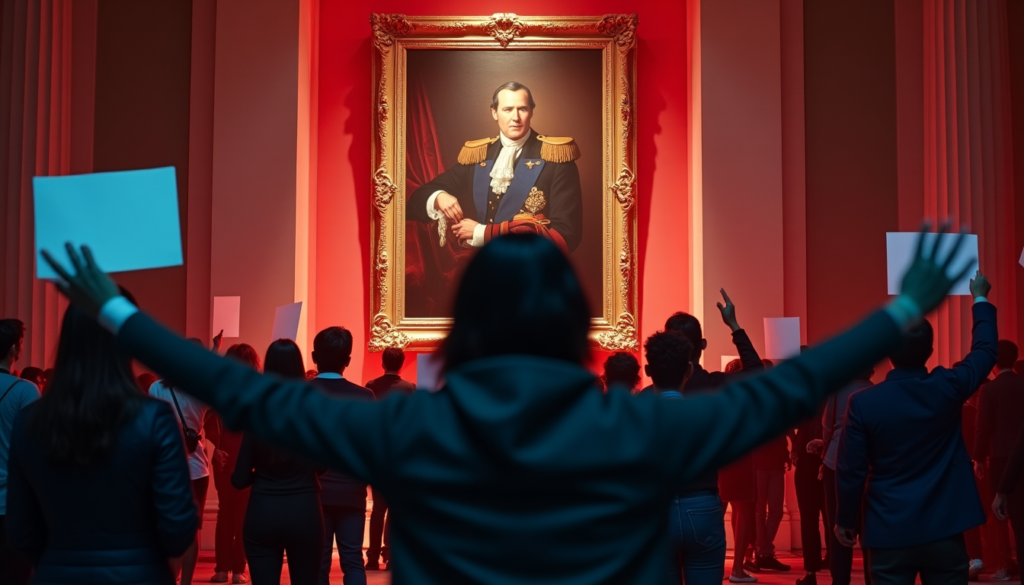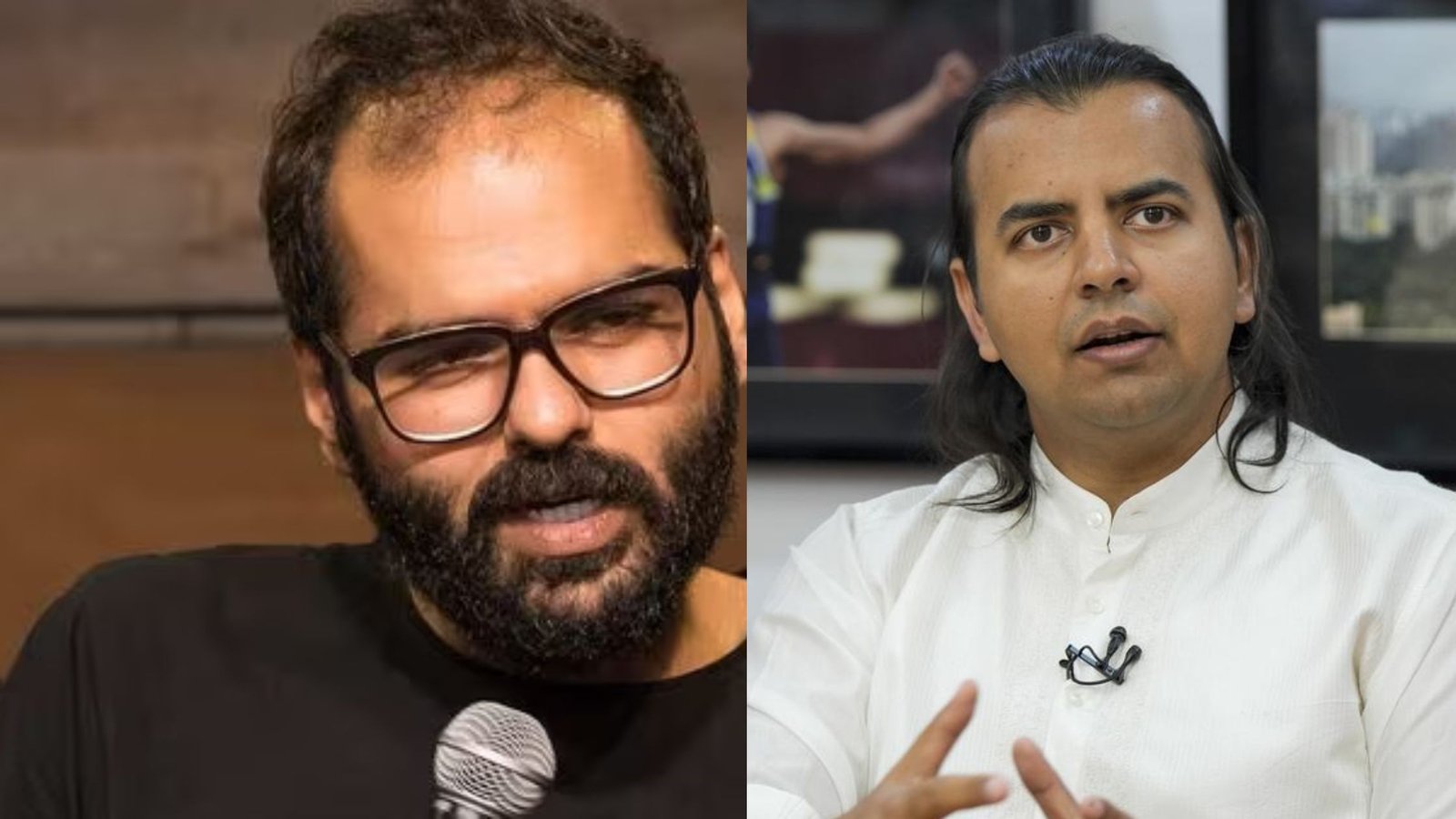A recent controversy surrounding King Charles III has sparked debate and raised questions about the relationship between the monarchy and Indigenous peoples. The incident involved the deletion of a violent image amid a heckling row during a public event. This situation has brought attention to the complex history and ongoing tensions between the British crown and Indigenous communities.
The controversy centers on a protest by Senator Lidia Thorpe and the subsequent removal of an image that depicted violence against the monarch. This article examines why the image was deleted, explores the historical context of Indigenous-monarchy relations, and discusses the effectiveness of different protest methods. It also considers the broader implications of this incident for public discourse and reconciliation efforts.

Senator Lidia Thorpe’s Controversial Protest
Senator Lidia Thorpe, an Indigenous Australian activist, caused a stir during King Charles III’s visit to Australia. Wearing a traditional possum skin cloak, Thorpe shouted at the monarch, “You are not our king” and “This is not your land.” She accused the British royal family of committing genocide against Indigenous people and demanded the return of stolen land and artifacts. Thorpe’s protest took place during a parliamentary reception, where she was escorted out by security after her outburst. The incident has sparked debate over protest methods and the relationship between the monarchy and Indigenous Australians. While some praised Thorpe’s actions as brave, others, including former Aboriginal politicians, criticized her approach as disrespectful and counterproductive to reconciliation efforts.
The Deleted Violent Image Controversy
The controversy surrounding Senator Lidia Thorpe’s protest intensified when a violent cartoon depicting King Charles beheaded was briefly posted on her Instagram account. Thorpe quickly removed the image, explaining that a staff member had shared it without her knowledge. She stated, “I deleted it as soon as I saw. I would not intentionally share anything that could be seen to encourage violence against anyone.” The incident has drawn condemnation and added to the scrutiny of Thorpe’s actions. While some supporters praised her stand, others, including former Indigenous senator Nova Peris, criticized her approach as disrespectful. The debate highlights the complex relationship between the monarchy and Indigenous Australians, raising questions about why such controversial methods are used in protests and their effectiveness in advancing reconciliation efforts.
Historical Context of Indigenous-Monarchy Relations
The relationship between Indigenous peoples and the British monarchy has been marked by a complex history of colonization and dispossession. When the British arrived in Australia in 1788, they claimed the land under the doctrine of terra nullius, ignoring the rights and sovereignty of Aboriginal and Torres Strait Islander peoples. This approach differed from other colonial powers, which often negotiated treaties with Indigenous populations. The absence of treaties in Australia has left a legacy of unresolved issues and a questionable legal foundation for the nation. Over time, this has led to calls for reconciliation, treaty-making, and truth-telling processes. The impact of colonization on Indigenous communities has been profound, resulting in intergenerational trauma, loss of land, and cultural disruption. These factors have contributed to ongoing disparities in health, education, and socioeconomic status between Indigenous and non-Indigenous Australians.
Debate Over Protest Methods and Effectiveness
The controversy surrounding Senator Lidia Thorpe’s protest has ignited a broader debate on the effectiveness of different protest methods. While some view her actions as a powerful reminder of unresolved issues between Indigenous peoples and the Australian state, others argue that her approach may be counterproductive. Critics, including former Aboriginal politicians, have labeled her tactics as disrespectful and potentially harmful to ongoing reconciliation efforts. However, supporters praise Thorpe’s bravery in bringing attention to longstanding demands for accountability and justice. The incident has forced Australians to confront uncomfortable truths about their nation’s colonial past and its ongoing impact on Indigenous communities. It has also intensified discussions about Australia’s future as a monarchy or republic, highlighting the need for meaningful dialog on Indigenous rights, sovereignty, and constitutional recognition.
Conclusion
The controversy surrounding Senator Lidia Thorpe’s protest and the deleted violent image has brought to light the ongoing tensions between Indigenous peoples and the monarchy. This incident has an impact on public discourse, prompting Australians to grapple with their colonial past and its lasting effects on Indigenous communities. It has also sparked a debate on the effectiveness of different protest methods and their role in advancing reconciliation efforts.
Moving forward, this event underscores the need for meaningful dialog on Indigenous rights, sovereignty, and constitutional recognition. It highlights the importance of addressing historical injustices while fostering respectful and productive conversations to bridge divides. As Australia continues to navigate its relationship with the monarchy and its Indigenous peoples, finding common ground and working towards mutual understanding will be crucial to promote healing and progress.
FAQs
Currently, there are no frequently asked questions available related to the article titled “Why a Violent Image of King Charles Was Deleted Amid Heckling Row.” Please check back later for updates or further information.




